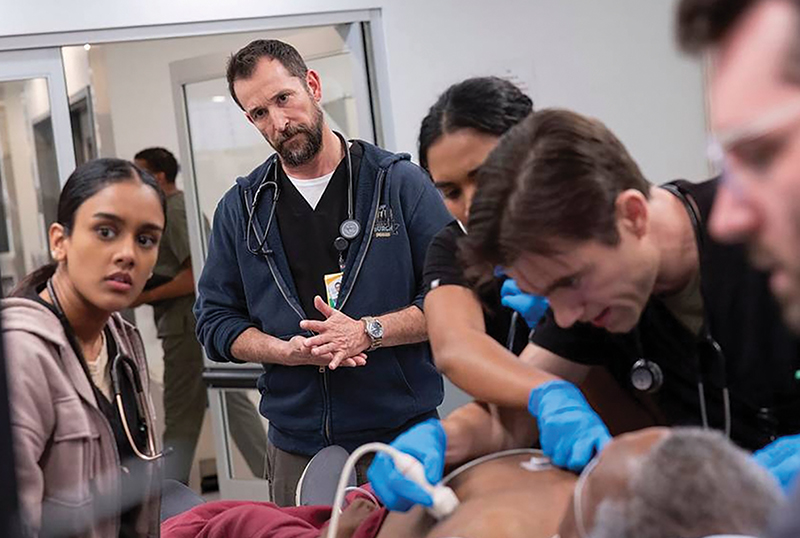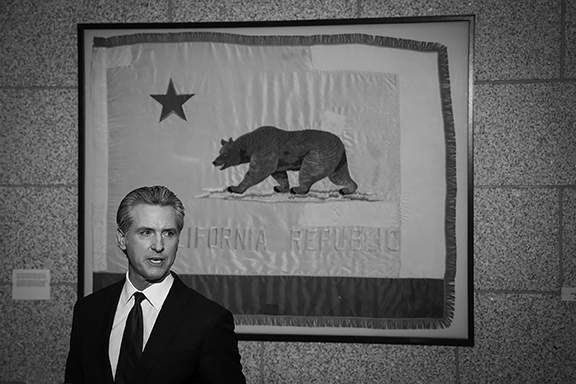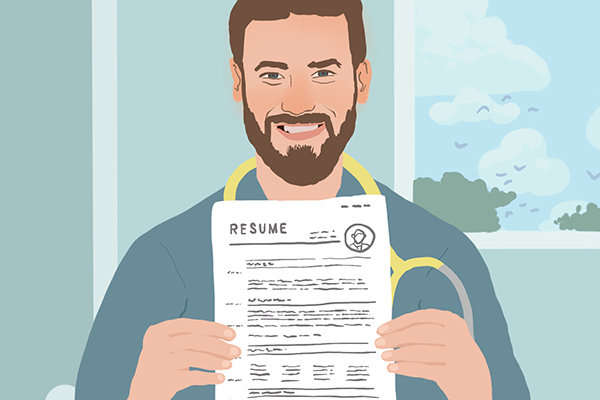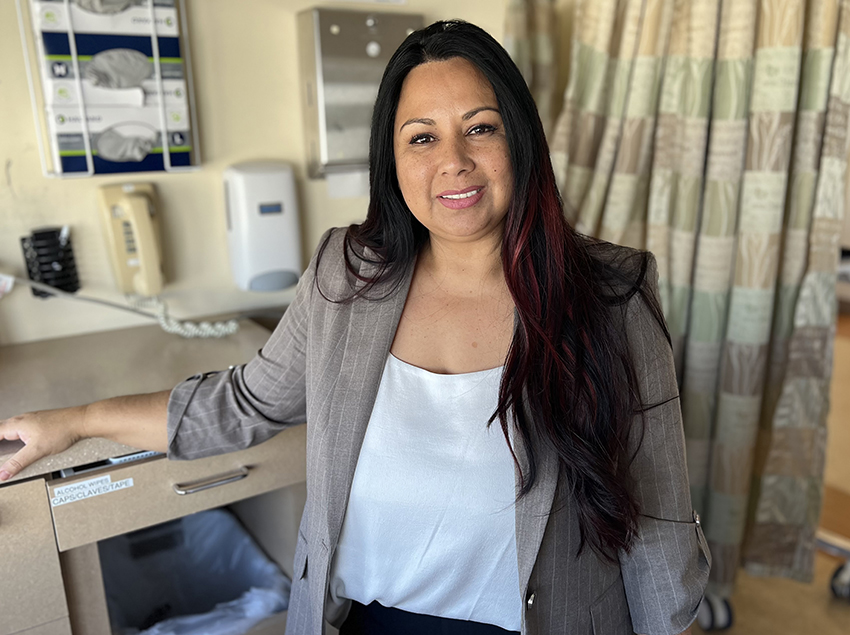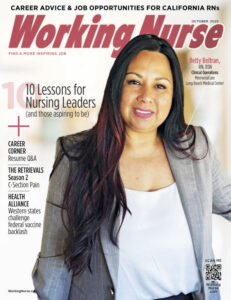Nursing & Healthcare News
Meet Tyler McCulloch of the California ENA
The organization claims big legislative wins, with more in the works
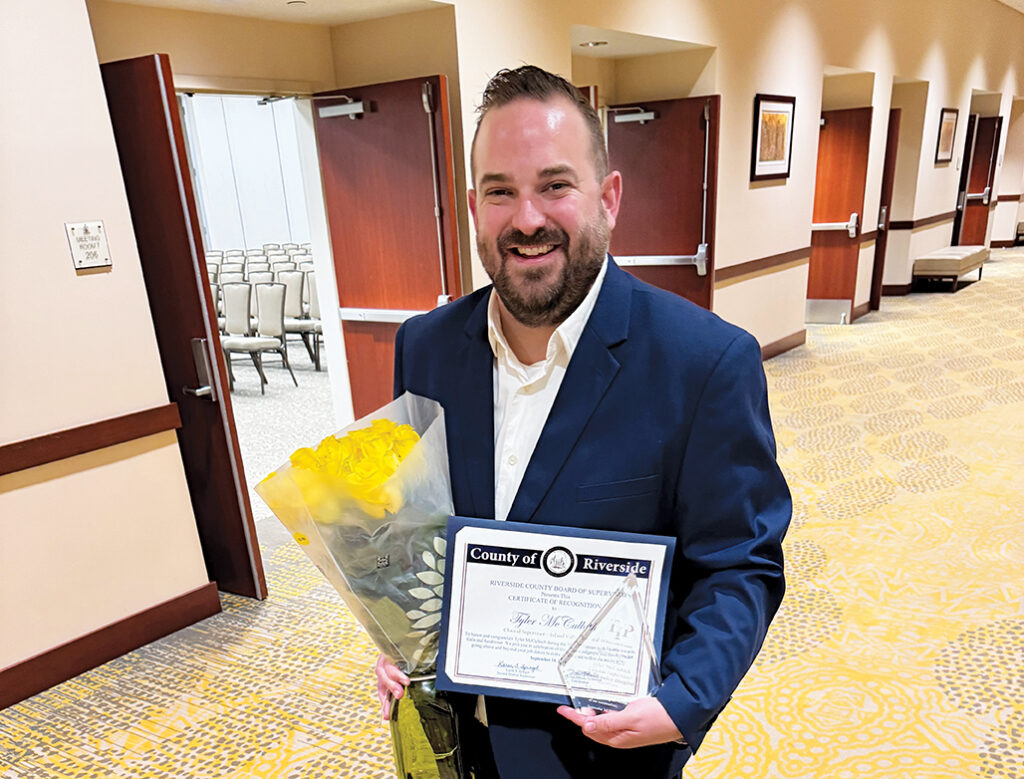
The president of the California Emergency Nurses Association says they are “at the table — with extra chairs and a binder full of talking points.”
Building Community
Founded in 1975, the California State Council of the Emergency Nurses Association (ENA) represents more than 4,500 ED nurses across the state. The current president, Tyler McCulloch, RN, MSN, is every bit as high-energy as his specialty.
“The ENA is more than a professional organization — it’s a movement,” he says. “It’s the beating heart of every emergency nurse. We’ve taken that heartbeat and amplified it with purpose, centered around advocacy, education, and building an unshakeable community of nurse leaders. And let me tell you, we’ve been busy!”
Advocacy Victories
California ENA has had a full legislative agenda, with some impressive wins.
“This year, we helped pass AB-977, which increases the penalties for assault and battery against ED staff,” McCulloch says. “That’s right: Finally, some legal backup for people saving lives under impossible conditions.”
There’s more: “We helped push forward legislation to include fentanyl in standard urine tests for drug screening.” As a synthetic drug, fentanyl wasn’t always included in routine testing.
The ENA is in active talks about tackling ambulance offload delays: “We’re advocating for real solutions to those hours-long waits that tie up resources.”
He emphasizes that the ENA isn’t just focused on bills and meetings. “It’s about building relationships, raising our collective voice, and laying a stronger foundation for emergency care in California. California ENA is at the table — with extra chairs and a binder full of talking points.”
System on the Brink
McCulloch says today’s ED nurses are “caught in a perfect storm,” buffeted by ever-increasing patient volumes, more complexconditions, staffing shortages, and acute burnout.
“A huge part of the challenge is the lack of community resources,” McCulloch says. “Mental health services, addiction support, housing, access to primary care — these areas are chronically overstretched and underfunded. More and more patients are using the ED as their sole point of care.”
Emergency nurses are bearing the brunt of that strain. “Nurses are being asked to be caregivers, crisis managers, social workers, miracle workers, and security,” McCulloch laments. “All while navigating broken systems and hoping someone will finally fix the badge scanner on the breakroom door.”
Why Join the ENA?
McCulloch believes the ENA has “something for every stage of your emergency nursing journey,” from networking and certification discounts to clinical content.
“When you join the ENA, you’re plugging into a powerhouse of support, education, and advocacy,” he says. “So, bring your passion, your curiosity, or even just your tired self — we’ll bring the platform, the people, and the possibilities.”
Digging “The Pitt”
We couldn’t resist asking Tyler McCulloch about the acclaimed new HBO Max series “The Pitt,” which depicts — in real time — one eventful shift in a Pittsburgh ER. Here’s his take.
What surprised me most was how many of my nonclinical friends watched it and were shocked — like, “Wait, is this real?” All I could say was, “Well, sort of.” I thoroughly enjoyed “The Pitt” and felt it did a solid job of capturing the beautiful chaos that is emergency medicine.
I really appreciated how the show presented such a broad range of scenarios, some heartbreaking, some weirdly accurate. It touched on many of the real-world challenges we face in the ED every single day.
These include managing multiple critical patients at once, juggling a never-ending stream of complaints, and caring for everyone regardless of how many drinks they’ve had or what derogatory comments they made in the moment.
The truth is, the ED is the safety net of the community. We treat everyone who walks (or stumbles) through our doors.
AARON SEVERSON is the associate editor of Working Nurse.
In this Article: Emergency, Legislation and Public Policy


